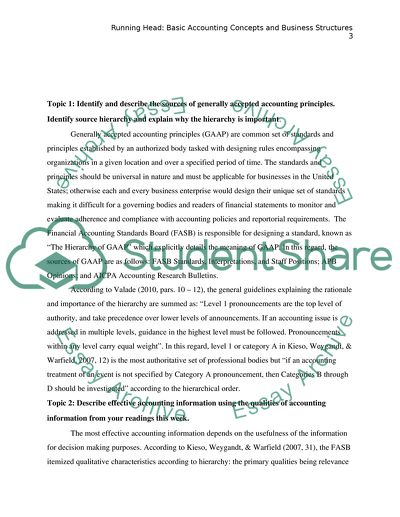Explaining Basic Accounting Concepts and Business Structures Essay. Retrieved from https://studentshare.org/miscellaneous/1564933-explaining-basic-accounting-concepts-and-business-structures
Explaining Basic Accounting Concepts and Business Structures Essay. https://studentshare.org/miscellaneous/1564933-explaining-basic-accounting-concepts-and-business-structures.


